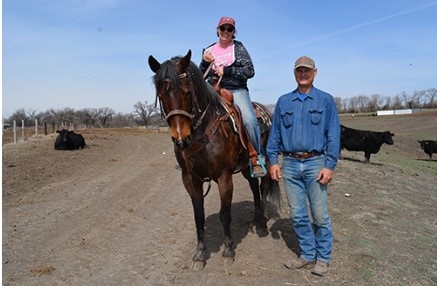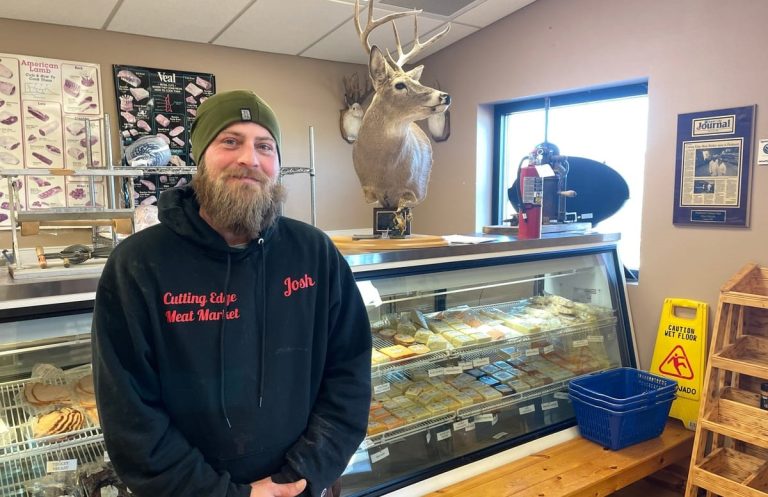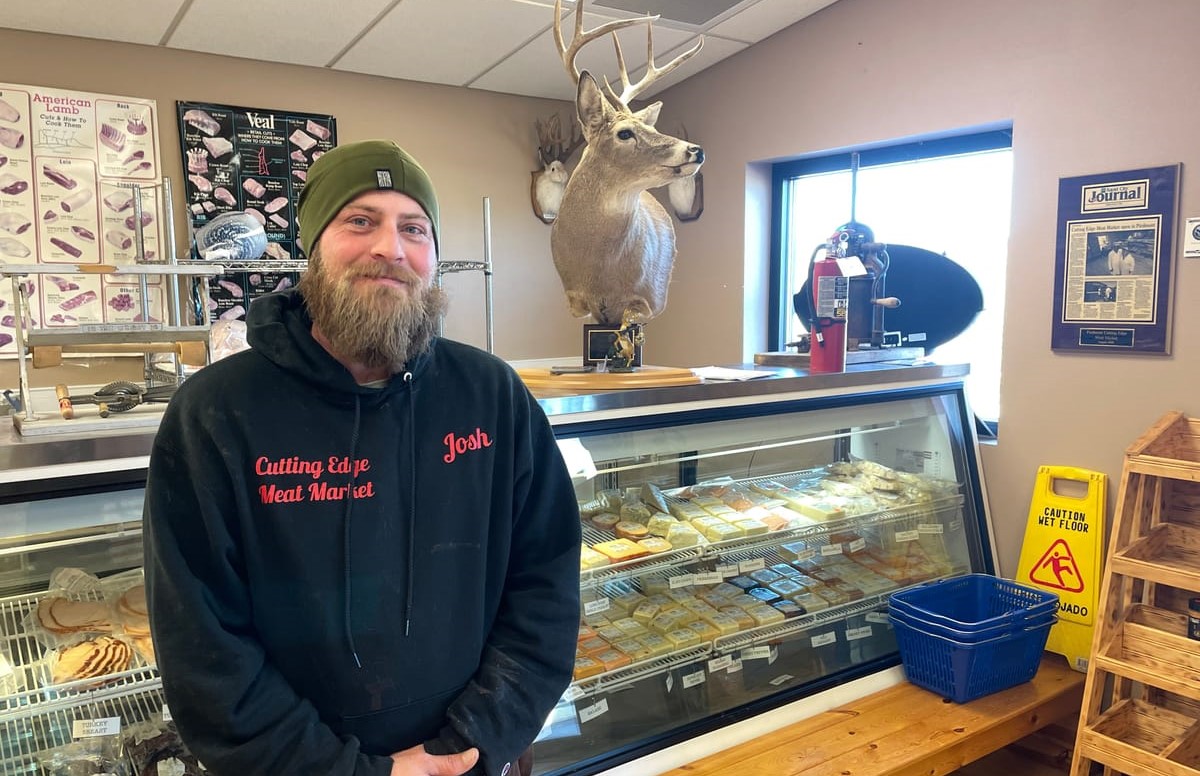OMAHA, NE (AP) — A new monthly survey of bankers in rural parts of 10 Plains and Western states shows the economy remains strong in the region, but some bankers said they are worried about how inflation will affect ag producers.

For the 13th straight month, the Creighton University Rural Mainstreet Index (RMI) remained above growth neutral, according to the monthly survey of bank CEOs in rural areas of a 10-state region dependent on agriculture and/or energy.
“Solid grain prices, the Federal Reserve’s record-low interest rates, and growing exports have underpinned the Rural Mainstreet Economy,” said Ernie Goss, PhD, Chair in Regional Economics at Creighton University. “USDA data show that 2021 year-to-date agriculture exports are more than 20.7% above that for the same period in 2020. This has been an important factor supporting the Rural Mainstreet economy.”
Todd Douglas, CEO of First National Bank in Pierre, South Dakota, reported, “With the paycheck protection program (PPP) monies, and good commodity prices, even with some areas of reduced yields due to lack of moisture, agriculture borrowers should be in good shape for 2022.”
“Seven of 10 bankers described their local economy as expanding, while only 6.7% indicated that their local economy was in a modest economic downturn,” said Goss.
Farming and ranching: The region’s farmland price index improved to a very strong, and record high of 90.0 from October’s 85.5, also a record high. December’s reading represented the 15th straight month the index has moved above growth neutral.
According to Bank CEOs, annual cash rents for non-irrigated, non-pasture farmland soared to $262 from $218 one month prior to the pandemic in February 2020.
But there were warnings from some bankers. Jeff Bonnett, CEO of Havana State Bank in Havana Illinois, said, “Inflation is real and affecting folks in our service areas.”
Confirming the inflation outlook, Steve Simon, CEO of South Story Bank & Trust in Huxley, Iowa, reported, “Yields and prices ended being up over projections for 2021 but it appears land costs and all crop inputs will be up significantly in 2022.”
The December farm equipment-sales index soared to 74.1 from 62.1 in November. This is the 13th straight month that the index has advanced above growth neutral and the strongest index recorded since April 2011.
Banking: The December loan volume index expanded to 61.7 from November’s 53.2. The checking-deposit index declined to 68.3 from November’s 71.0, while the index for certificates of deposit, and other savings instruments slumped to 26.7 from 32.3 in November.
Jim Brown, CEO of Hardin County Savings Bank in Eldora, Iowa, reported, “(Seeing) very strong working capital and net worth gains even from marginal customers.”
Only 3.3% of bankers reported that farmers in their area were in financial distress with increased need for borrowing.
Hiring: The new hiring index climbed to a very healthy 72.4 from 67.7 in November. Labor shortages continue to be a significant issue constraining growth for Rural Mainstreet businesses.
Despite recent strong job gains, U.S. Bureau of Labor Statistics data indicate that, compared to its pre-COVID-19 level, Rural Mainstreet has lost 2.5% of its nonfarm employment (non-seasonally adjusted).
Confidence: After declining for five consecutive months, the confidence index, which reflects bank CEO expectations for the economy six months out, rose to 55.2 from 48.4 in November.
Home and retail sales: The home-sales index climbed to 72.4 from November’s healthy 65.0. The retail-sales index for December rose to 68.3 from 58.1 in November. “Healthy farm prices and federal stimulus spending are having very positive impacts on Rural Mainstreet retail sales and home sales,” said Goss.
The survey represents an early snapshot of the economy of rural agriculturally and energy-dependent portions of the nation. The Rural Mainstreet Index (RMI) is a unique index covering 10 regional states, focusing on approximately 200 rural communities with an average population of 1,300. It gives the most current real-time analysis of the rural economy. Goss and Bill McQuillan, former chairman of the Independent Community Banks of America, created the monthly economic survey in 2005 and launched in January 2006.
The December RMI for South Dakota slumped to 59.9 from 67.5 in November. The state’s farmland-price index expanded to 88.6 from 84.2 in November. South Dakota’s December hiring index decreased to 67.2 from 68.4 in November. U.S. Bureau of Labor Statistics data indicate that South Dakota’s Rural Mainstreet has experienced a solid 1.7% gain in its nonfarm employment (non-seasonally adjusted).












